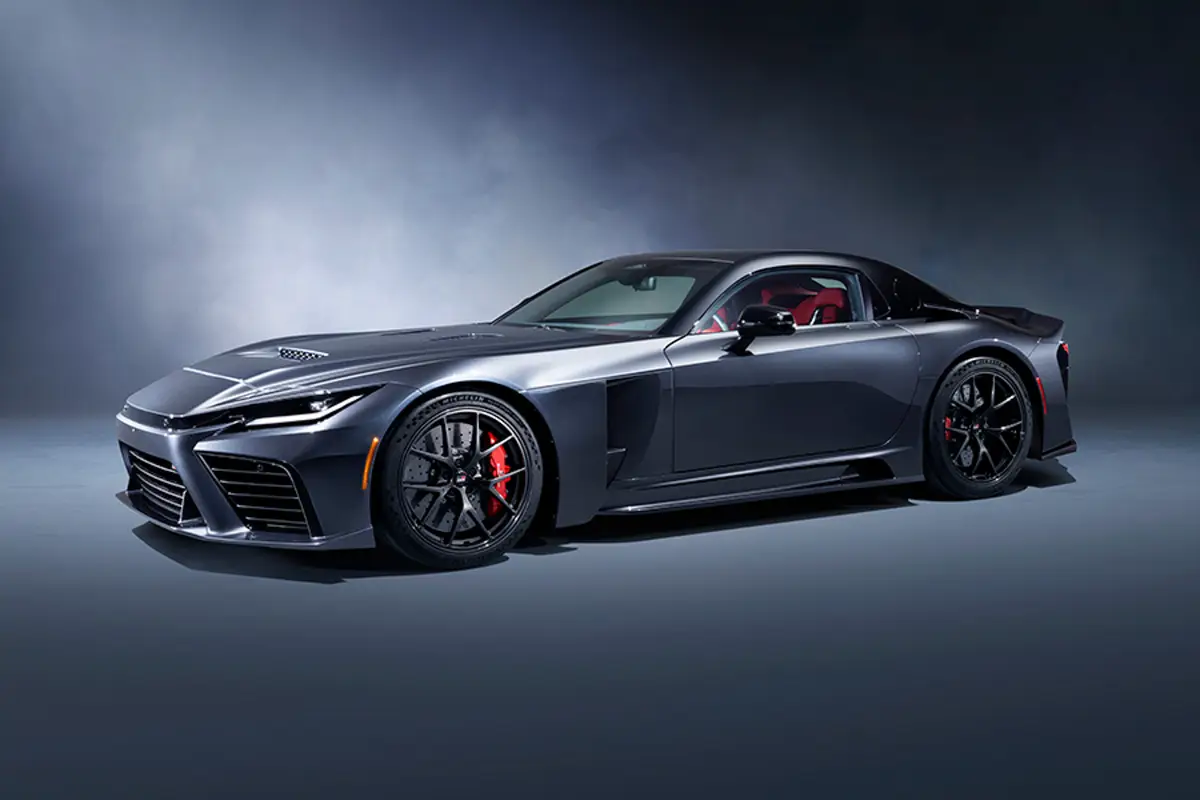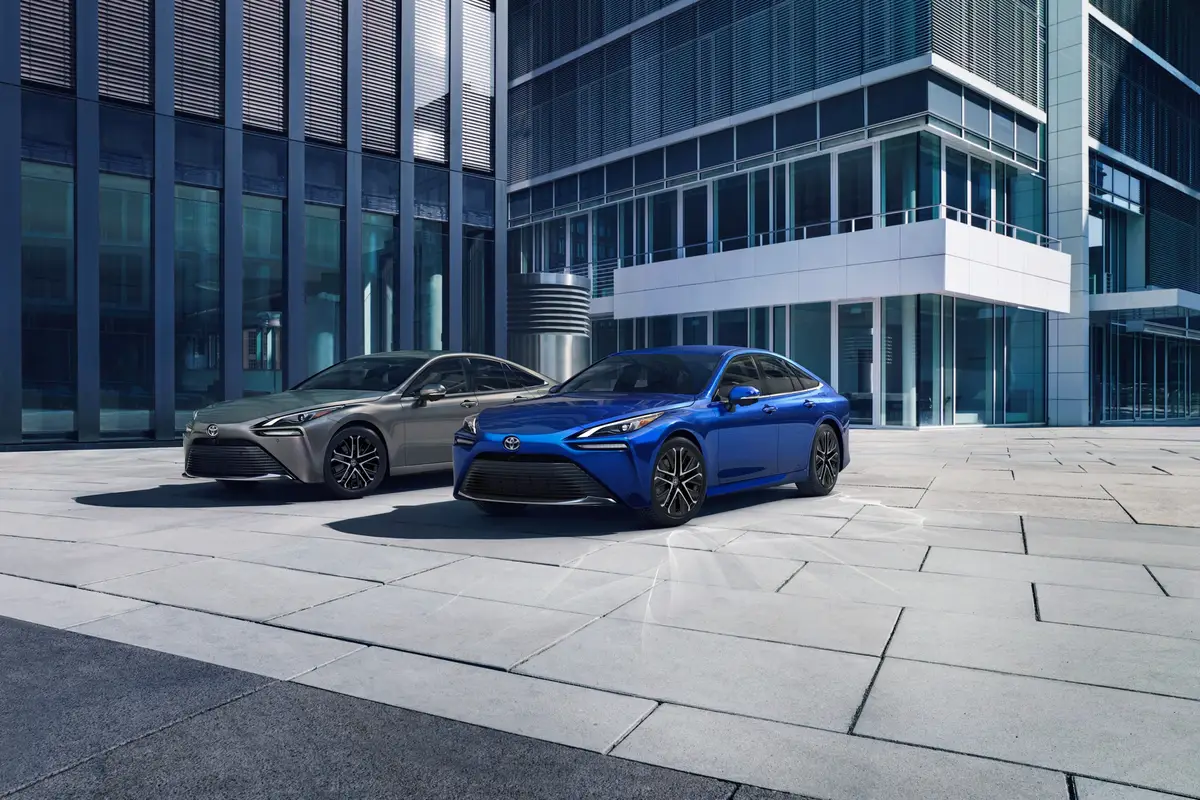washingtonpost.com's view
Expectations color judgment. I thought the 2000 BMW X5 4.4i would be a luxury station wagon masquerading as a sport-utility vehicle. Instead, it was a luxury sports car that looked like a station wagon, absent anything in common with a sport-utility vehicle or truck.
I did not like it.
It took me two days to realize I did not like it, and five more days to understand why.
First, there is the X5’s complete lack of necessity, aggravated by its high price.
If I were in the market for a high-performance BMW sports car, I would buy the company’s stunningly attractive Z8 coupe, or perhaps I’d go for a BMW 5-series sedan. I would not spend money on the X5, which resembles a mom-mobile on steroids.
Second, if I wanted a station wagon with a BMW badge, I’d buy the excellent BMW 540iA Sport Wagon. It is hip, cool, fast. But the really neat thing about it is that it looks like a station wagon, which has the wonderfully odd effect of turning normal station wagon owners envyingly green.
By comparison, the X5 is a frustrating work of amorphous design. It’s a $50,000 “sport activity vehicle” — BMW’s term — built without a frame rail. The construction is unibody, same as a sports coupe or sedan. That’s good for on-road handling. The body is tight and rigid. It’s also good for crash protection. Frame rails tend to transmit more crash energy to vehicle passenger cabins.
But unibody is no body for off-road travel. You need body-on-frame construction to absorb that kind of bump-and-rock punishment. That explains the “activity” part of the X5’s tagline, because the vehicle has no “utility” in the rough.
BMW, in fact, describes the X5’s virtues this way: “The X5 driver can enjoy a BMW, which offers a high degree of safety, agility and comfort both on paved roads and on loose surfaces because its development was clearly focused on excellent handling properties on all roads.”
Potential buyers take note: “Loose surfaces,” in this case, primarily means gravel and dirt roads. Kindly consult your insurer before driving the X5 over anything more challenging.
True, most brute-utes seldom go off-road anyway. But that’s the fault of their owners. The point is that real sport-utility vehicles can run rocks with few problems. That is what they are designed to do, whether or not their owners choose to do it.
The X5 is just a pretender on that score, which is too bad, because that kind of pretense can be had for a lot less money.
For example, there is the popular, all-wheel-drive Subaru Forester, which looks like a sport-utility vehicle but functions as a traditional station wagon. For folks who want a bit more luxury in a tall, all-wheel-drive wagon, there is the splendid, easy-to-drive, easy-to-love Lexus RX 300.
People pretty much know what they’re getting in the Forester and RX 300 — pleasant mobiles with decent cargo and passenger ca pacity that can make it through most storms of rain and snow. That, plus a bit of pizazz at a reasonable price, is all they want.
For that matter, people who buy the super-expensive, super-powerful Mercedes-Benz ML55 AMG sport-utility model know what they’re getting — a deliberately bodacious, in-your-face, covered truck designed more for racetracks than outbacks.
But the X5 seems to wander in some ill-defined marketing space. If there is any point to it at all, it’s this: It proves that BMW erred in selling its real line of sport-utility vehicles, Land Rover, to Ford Motor Co.
NUTS & BOLTS
2000 BMW X5 4.4i Complaints: The steering is too tight. The seats aren’t very comfortable. Peripheral vision is compromised by side pillars that are placed slightly forward of center.
Praise: Tight construction, high-quality materials, superior on-road handling and acceleration. There also is a well-designed, self-le veling suspens ion system that keeps the vehicle at the same ride height regardless of cargo or passenger load.
Head-turning quotient: It snapped necks. But the attention seemed a mixture of pity (“Poor fool. Some people will buy anything.”) and envy (“Arrogant @$$!”).
Engines: The test vehicle was equipped with a 4.4-liter, double-overhead cam, 32-valve V-8 that develops 282 horsepower at 5,400 rpm and 324 pound-feet of torque at 3,600 rpm. The engine was mated to a five-speed, auto/manual transmission that could be operated automatically or shifted manually without a clutch pedal.
Capacities: Seats five people. Carries 16.1 cubic feet of cargo with rear seats up and 54.4 cubic feet with rear seats folded down. Fuel capacity is 24.6 gallons of recommended premium unleaded.
Mileage: About 16 miles per gallon combined city/highway.
Price: Base price is $49,400. Dealer invoice on base model is $44,620. Price as tested is $49,970, including a $570 destination charge. Price does not include taxes and fees.
Purse-strings note: Compare with Mercedes-Benz ML-series sport-utility models, including the sporty ML55 AMG; Lexus RX 300; and, just to make a point, the Subaru Forester and Subaru Legacy Outback.
Latest news



